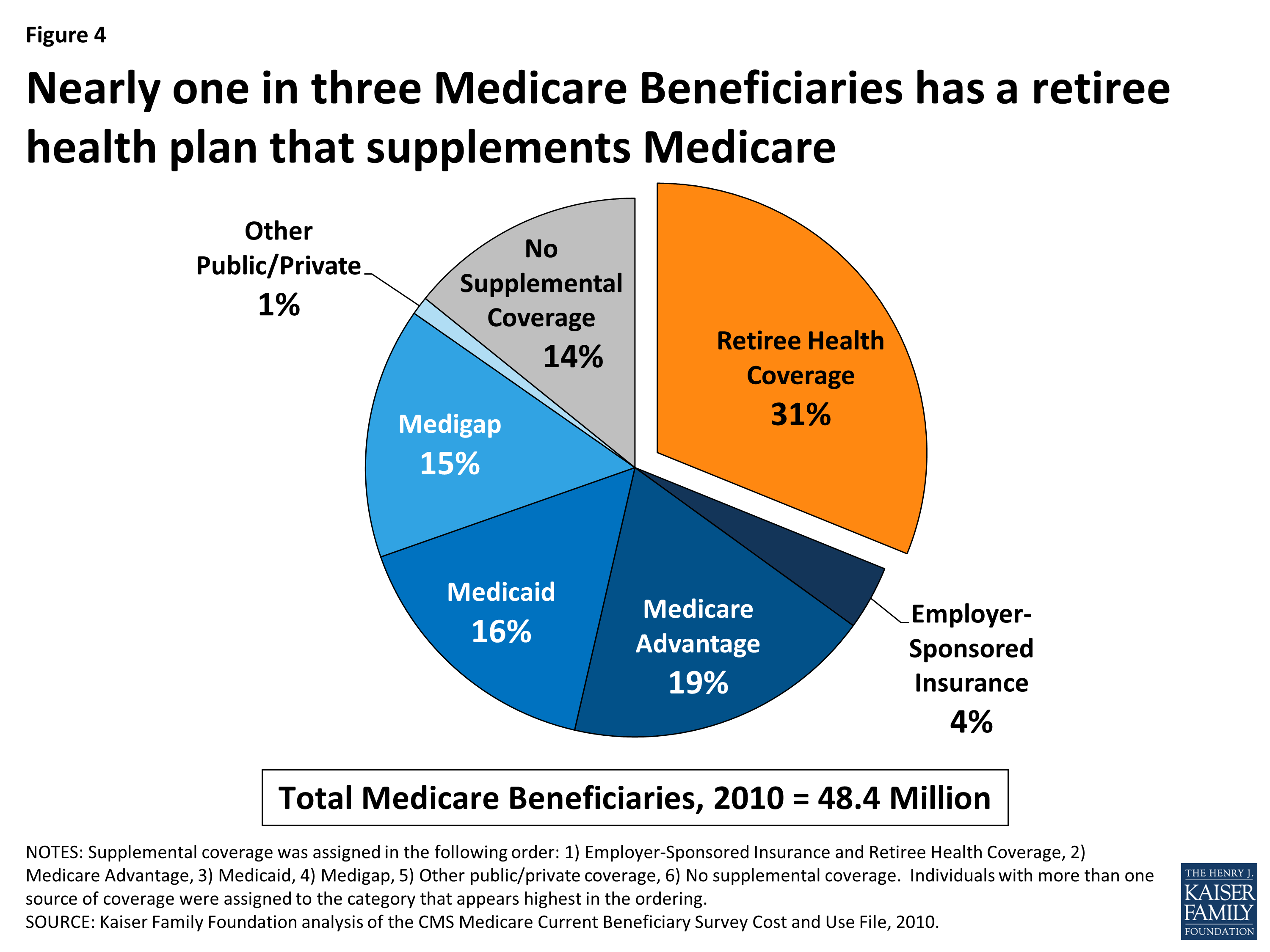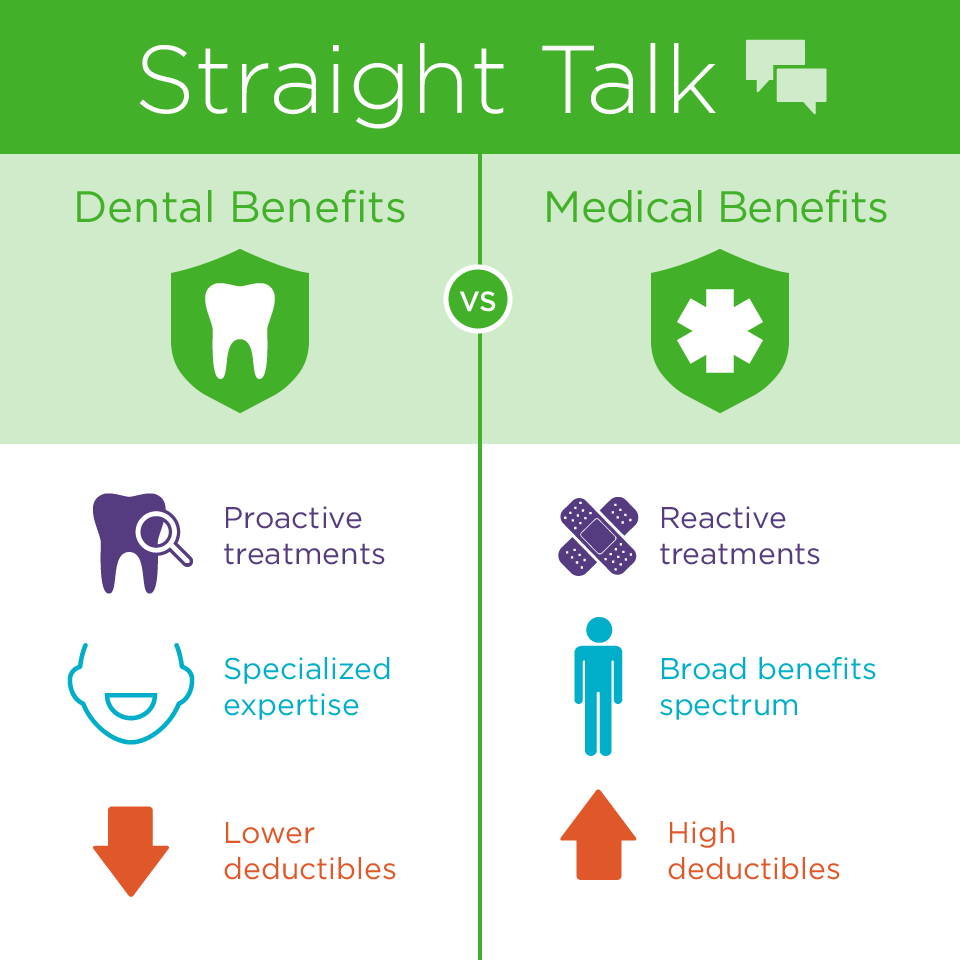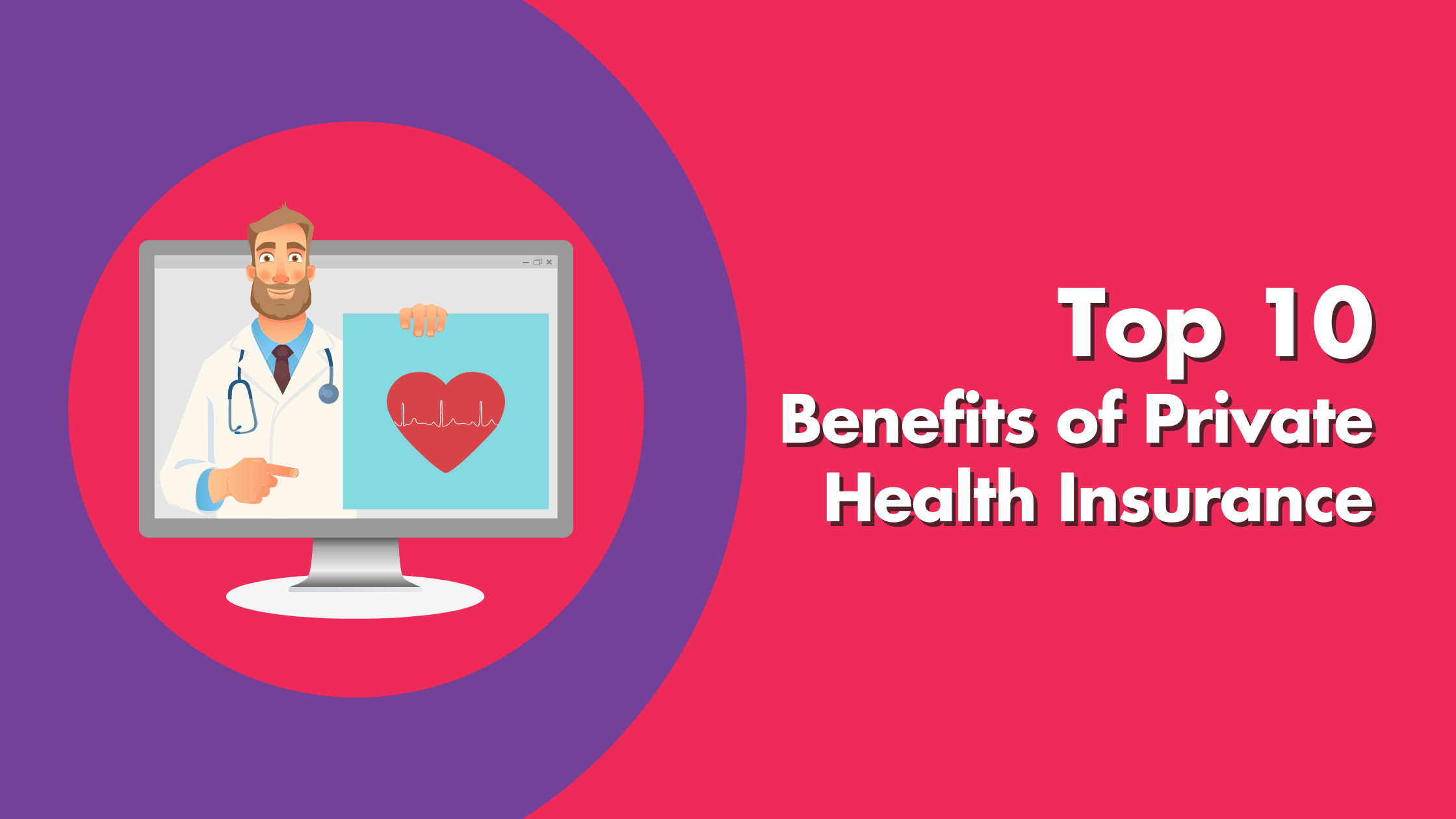Medicare Advantage Agent for Dummies
Medicare Advantage Agent for Dummies
Blog Article
7 Simple Techniques For Medicare Advantage Agent
Table of Contents7 Easy Facts About Medicare Advantage Agent ShownThe 9-Minute Rule for Medicare Advantage AgentThe 10-Minute Rule for Medicare Advantage Agent

adheres to from perplexing the reasonably young age profile of the without insurance with the much better wellness, on standard, of younger individuals. This covers the web link in between health status and health insurance policy. For those without access to workplace medical insurance, poor health is a possible obstacle to acquiring nongroup protection since such coverage may be very priced, leave out preexisting problems, or be just unavailable. The number of without insurance Americans is not especially big and has not altered in recent times. Seven out of 10 respondents in an across the country representative survey believed that less Americans did not have medical insurance than in fact do(Fronstin, 1998). Roughly half(47 percent )believed that the variety of individuals without medical insurance lowered or continued to be continuous over the latter half of the last years(Blendon et al., 1999). This decrease of virtually 2 million in the variety of people 'without insurance (a decrease
of about 4 percent)is certainly a positive change. With a softer economic situation in 2000 the current reported gains in insurance policy coverage may not proceed(Fronstin, 2001 ). The decline in the variety of without insurance will certainly not proceed if the economic situation stays slow and healthcare expenses proceed to outmatch rising cost of living. This is because the data were gathered for a period of strong economic performance. Of the estimated 42 million individuals who were uninsured, just about regarding 420,000(concerning 1 percent)were under 65 years old, the age at which most Americans become eligible for Medicare; 32 million were adults in between ages 18 and 65, about 19 percent of all adults in this age group; and 10 million were youngsters under 18 years of age, about 13.9 percent of all kids (Mills, 2000). These price quotes of the variety of persons uninsured are generated from the yearly March Supplement to the Existing Population Survey (CPS), carried out by the Demographics Bureau. Unless or else kept in mind, nationwide quotes of people without health and wellness insurance and percentages of the population with different type of coverage are based on the CPS, the most commonly used source of estimates of insurance policy coverage and uninsurance rates. These studies and the estimates they yield are explained briefly in Table B. 1 in Appendix B - Medicare Advantage Agent. These surveys vary in dimension and sampling approaches, the questions that are asked concerning insurance
Medicare Advantage Agent Things To Know Before You Buy
insurance coverage, and the time duration over which insurance protection or uninsurance is determined(Lewis et al., 1998, Fronstin, 2000a ). Still, the CPS is particularly useful since it creates yearly estimates reasonably swiftly, reporting the previous year's insurance coverage estimates each September, and because it is the basis for a consistent collection of price quotes for greater than two decades, enabling analysis of patterns in coverage with time.

Medicare Advantage Agent Things To Know Before You Get This
Over a three-year period starting early in 1993, 72 million individuals, 29 percent of the U.S. population, lacked coverage for at least one month. Within a solitary year(1994), 53 million people experienced at least a month without coverage(Bennefield, 1998a). 6 out of every 10 uninsured adults are themselves used. Although working does boost the possibility that one and one's household members will have insurance coverage, it is not an assurance. Even members of family members with 2 full time wage earners have almost a one-in-ten possibility of being uninsured (9.1 percent without insurance rate)(Hoffman and Pohl, 2000 ). The connection in between health and wellness insurance policy and access to care is well established, as recorded later on in this chapter. The relationship in between health insurance policy and health outcomes is neither direct neither easy, a substantial medical and health and wellness solutions study literary works web links health and wellness insurance coverage
to improved enhanced to care, better much betterHigh quality and improved enhanced and population populace wellnessStanding The second report, on individual health and wellness results for uninsured grownups, is represented by the innermost circle of the figure, while the third record, on family wellness, encompasses the topics of the 2nd record but highlights a different device of evaluation, this content particularly, the family. The sixth report in the collection will present details concerning strategies and initiatives embarked on in your area, statewide, or nationally to deal with the lack of insurance policy and its negative influences. Degrees of analysis for checking out the impacts of uninsurance. This conversation of medical insurance protection focuses largely on the united state populace under age 65 because practically all Americans 65 and older have Medicare or various other public protection.
Furthermore, it focuses specifically on those with no medical insurance for any type of length of time. The problems faced by the underinsured are in some respects similar to those faced by the uninsured, although they are typically less serious. Uninsurance and underinsurance, however, entail distinctly different policy issues, and the techniques for addressing them might differ. Throughout this study and the five records to adhere to, the main emphasis is on individuals without health insurance policy and therefore no help in spending for healthcare beyond what is available through charity and security internet organizations. Medical insurance is an effective factor influencing receipt of care because both clients and physicians respond to the out-of-pocket price of services. Medical insurance, nonetheless, is neither needed neither enough to obtain accessibility to medical services. The independent and straight effect of health and wellness
insurance coverage protection access to health wellness is well establishedDeveloped Others will get the healthcare they require even without wellness insurance policy, by paying for it out of pocket or seeking it from suppliers who provide care totally free or at very subsidized prices. For still others, health insurance alone does not make sure invoice of treatment due to various other nonfinancial barriers, such as an absence of health care providers in their area, minimal access to transport, illiteracy, or etymological and social differences. Official research regarding without insurance populations in the United States dates to the late 1920s and very early 1930s when the Committee on the Price of Healthcare generated a series of records concerning financing medical professional office visits and hospitalizations. This concern came to be significant as the numbers of clinically indigent climbed throughout the Great Depression. Empirical researches regularly sustain the web link between access to care and boosted health results(Bindman et al., 1995; Starfield, 1995 ). Having a normal resource of treatment can be taken into consideration a predictor of gain access to, as opposed to a straight action of it, when health and wellness results are themselves used as gain access to signs. This extension of the idea of access dimension was made by the IOM Board on Monitoring Accessibility to Personal Healthcare Services(Millman, 1993, p. Whether or not moms and dads are insured appears to influence whether their kids get treatment in addition to just how much careeven if the kids themselves have protection(Hanson, 1998). The health and wellness of moms and dads can influence their capacity to take care of their kids and the level of family anxiety. Bothering with their youngsters's accessibility to care is itself a resource of tension for moms and dads. Three chapters comply with in this report. Chapter 2 offers an introduction of just how employment-based medical insurance, public programs and private insurance coverage run and communicate to supply considerable yet insufficient protection of the united state population. This consists of an evaluation of historic patterns and public policies affecting both public and personal insurance policy, a discussion of the communications among the different kinds of insurance policy, and an examination of why individuals relocate from one program to one more or finish up

Report this page